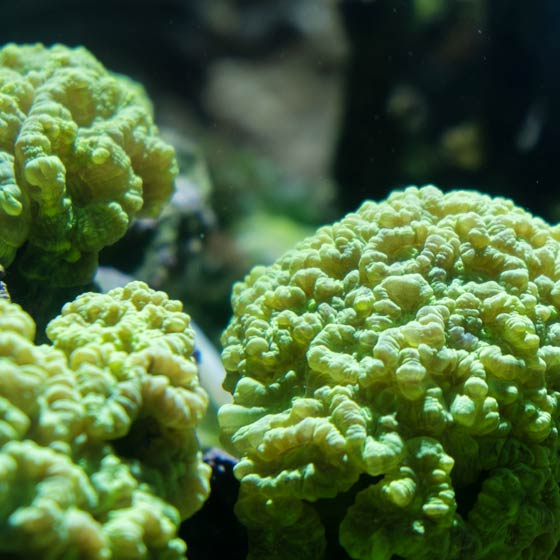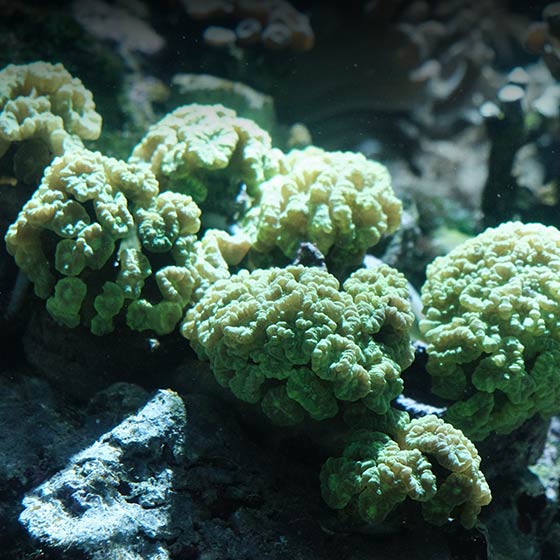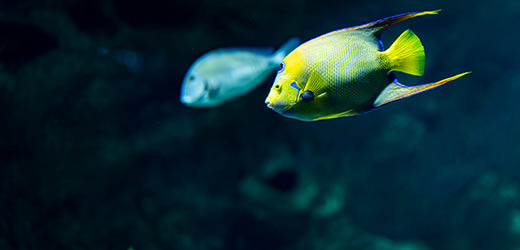Biology
The Caulastrea is a large polyp stony. A polyp grows at each side of the “tube”.
It spreads by scissiparity: first the mouth splits in two, then, the all polyp does until the two polyps are independent from one another. This coral can be found in lagoons and sheltered areas of coral reefs. Colonies of Caulastrea can form coral clusters of 5m in diameter.




